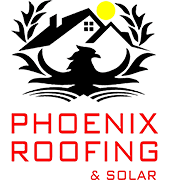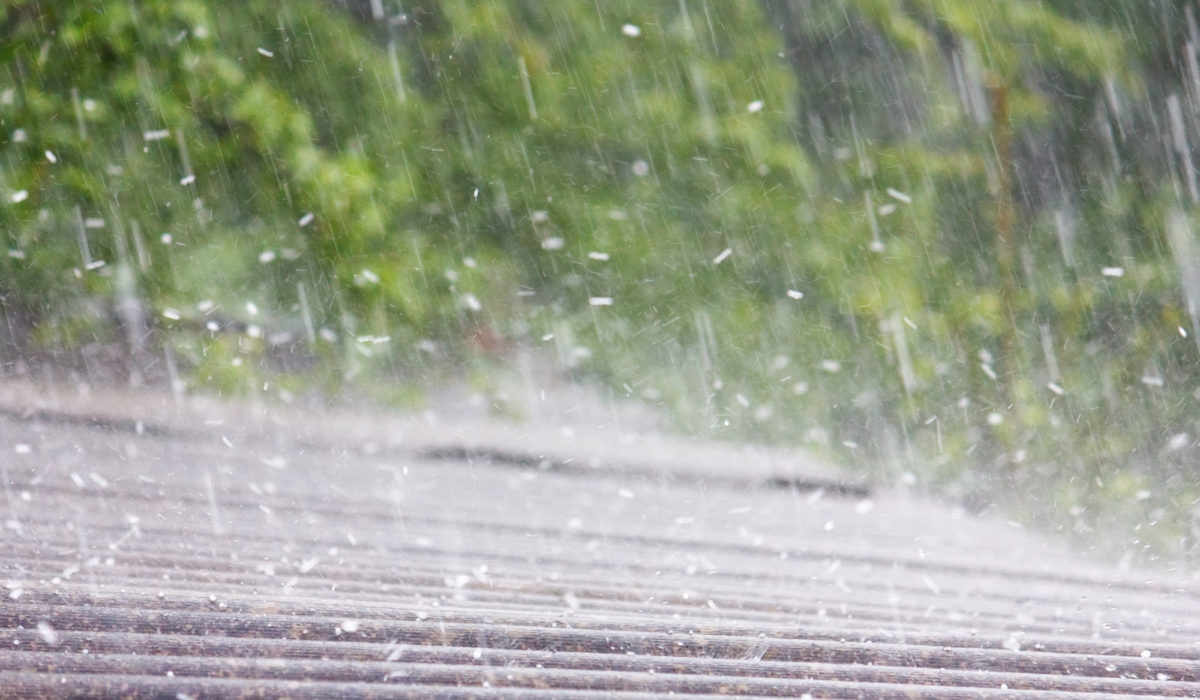- 0 Comment
How Hail Storms Impact Your Roof: Understanding the Damage
Hail storms are a common weather phenomenon in many parts of the world, characterized by the formation of ice pellets that can range in size from small pellets to large chunks of ice. While hail storms can be fascinating to observe from a distance, they can wreak havoc on your property, particularly your roof. In this blog, we’ll delve into the various ways hail storms affect the life of your roof and what you can do to mitigate the damage.
1. Understanding the Impact of Hail on Roofing Materials
Hail storms pose a significant threat to the integrity of roofing materials. When hailstones plummet onto your roof at high speeds, they can cause dents, cracks, and punctures in shingles, tiles, and other roofing materials. The severity of the damage depends on several factors, including the size of the hailstones, their velocity, and the type of roofing material.
Asphalt shingles, which are commonly used in residential roofing, are particularly vulnerable to hail damage. When struck by hailstones, the protective granules on the surface of asphalt shingles can be dislodged, exposing the underlying asphalt layer to the elements. This compromises the waterproofing capabilities of the shingles and increases the risk of leaks and water damage inside the home.
Similarly, hailstorms can fracture or break clay or concrete tiles, leading to leaks and structural issues if left unaddressed. Metal roofs may fare better against hail damage, depending on their thickness and material composition, but they are not immune to dents and dings caused by large hailstones.
2. Identifying Signs of Hail Damage
After a hailstorm, it’s crucial to inspect your roof for signs of damage promptly. While some damage may be apparent from the ground, such as missing or displaced shingles, other types of damage may be less visible to the untrained eye. Here are some common signs of hail damage to look out for:
- Dents or indentations on shingles, tiles, or metal panels
- Cracked or broken shingles or tiles
- Loss of granules on asphalt shingles
- Soft spots or sagging areas on the roof
- Visible leaks or water stains on the ceiling or walls inside the home
If you notice any of these signs, it’s essential to contact a qualified roofing contractor to assess the extent of the damage and recommend appropriate repairs.
3. Protecting Your Roof from Hail Damage
While you can’t control the weather, there are steps you can take to minimize the impact of hail storms on your roof. Investing in impact-resistant roofing materials, such as Class 4 asphalt shingles or metal roofing systems designed to withstand hail, can provide an added layer of protection against damage.
Additionally, maintaining your roof regularly can help identify and address issues before they escalate. Schedule annual roof inspections with a reputable roofing contractor to assess the condition of your roof and make any necessary repairs or replacements.
Consider installing protective measures such as hail guards or screens over vulnerable areas of your roof, such as skylights or vent pipes, to reduce the risk of hail damage. Trim overhanging branches and trees to prevent them from causing additional damage during severe weather events.
In conclusion, hail storms can have a significant impact on the life of your roof, leading to costly repairs and potential water damage if left unchecked. By understanding the effects of hail on roofing materials, identifying signs of damage, and taking proactive measures to protect your roof, you can minimize the risk of hail-related issues and ensure the long-term durability of your home’s roofing system.

